At an Inside the Lab event, Meta talked about where the virtual reality headset journey is headed, targeting the visual Turing test. What is meant by this is a representation that the user can no longer distinguish from reality. However, there were few concrete products.
The visual Turing test
Under the motto “passing the visual Turing test”, Meta understands the goal of developing a VR headset that makes a person believe they are looking at reality. The name is based on the Turing test from AI research. This one is about whether an artificial intelligence can imitate a human well enough to fool another human.
In the same way, the visual Turing test is intended to check whether a VR headset can convince a person to see reality. During a short press event, Meta's Display Systems Research Team gave an insight into the different approaches to get closer to this goal. A number of prototypes were shown, each intended to solve individual aspects of the problem.
Resolution, HDR and variable focus without distortion
The four areas that Meta research is currently focusing on are
- One Resolution equivalent to human vision
- High dynamic range with a maximum brightness of up to 20,000 nits,
- Variable focus combined with eye tracking
- and all this without Distortions and image artifacts caused by lens effects
According to Meta, there are executable prototypes for each of these sub-areas that at least meet the set requirements in the laboratory. The “Butterscotch”, for example, should almost reach the resolution of the human eye, while the “Starburst” should be up to 20,000 cd/m² bright and enable HDR. The “Holocake 2” should also use holographic lenses and be particularly compact.
-
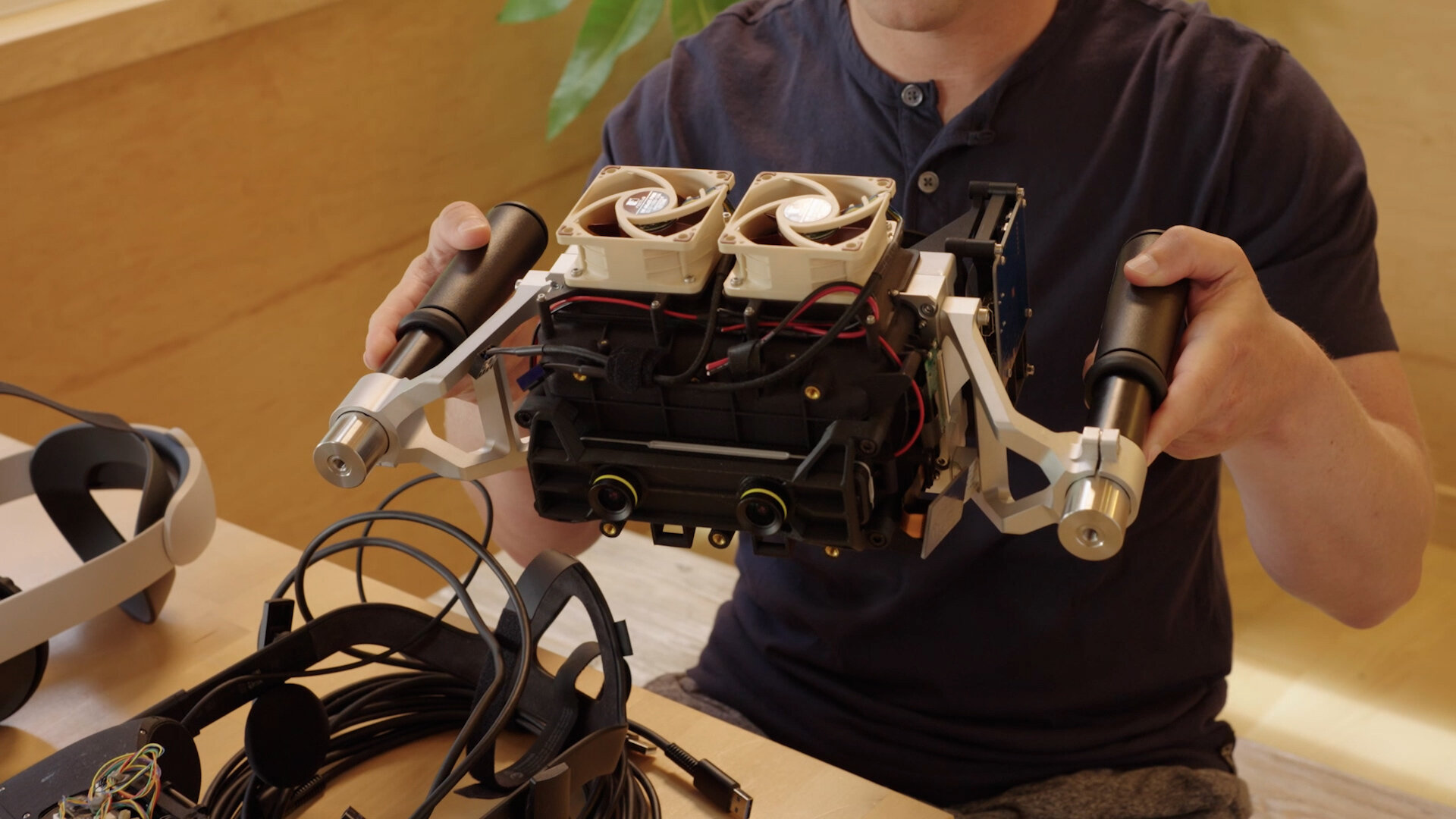 Starburst with up to 20,000 nits maximum brightness (Image: Meta)
Starburst with up to 20,000 nits maximum brightness (Image: Meta)
Image 1 of 5
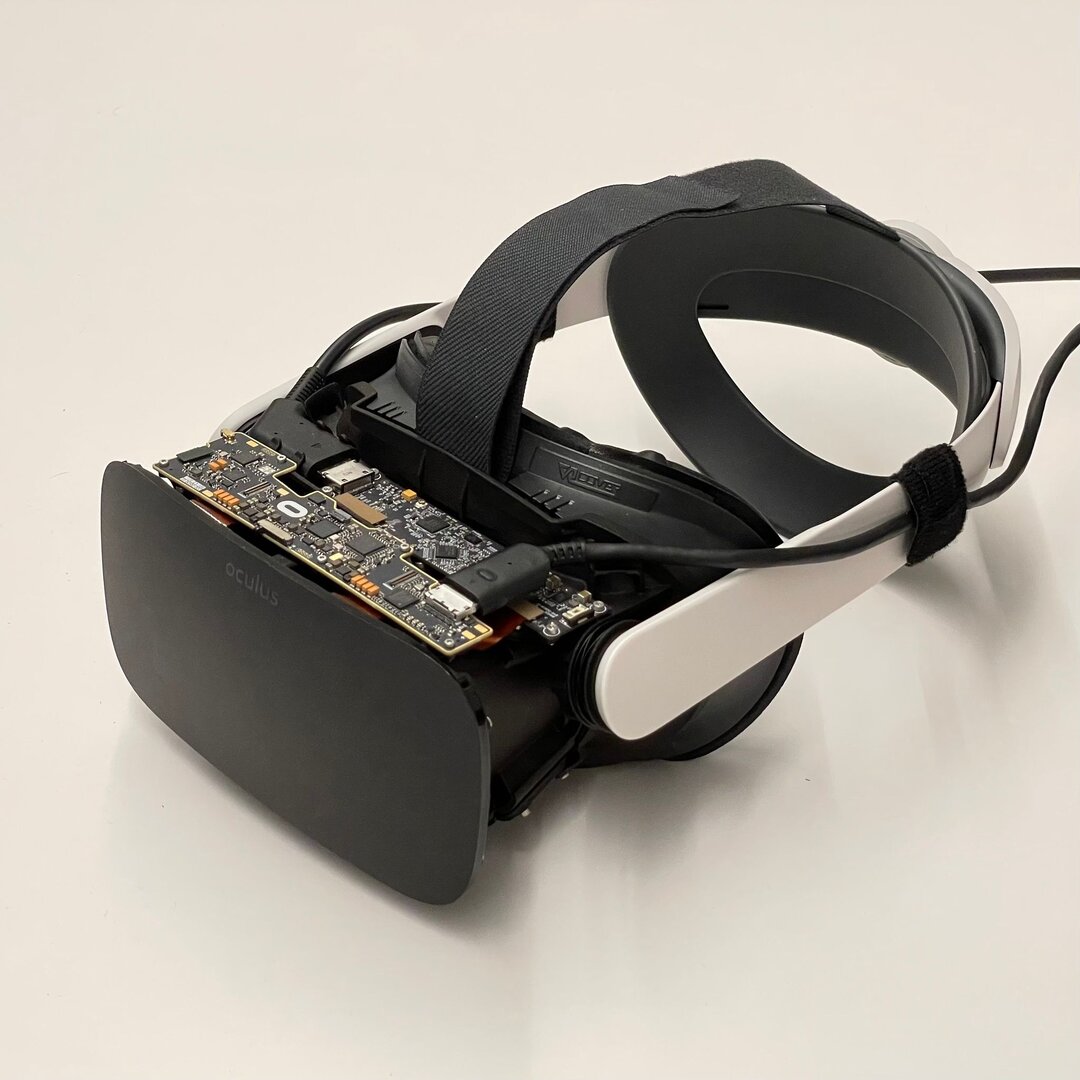 Butterscotch with almost human resolution (image: meta)
Butterscotch with almost human resolution (image: meta) Half dome prototypes with variable focus (image: meta)
Half dome prototypes with variable focus (image: meta)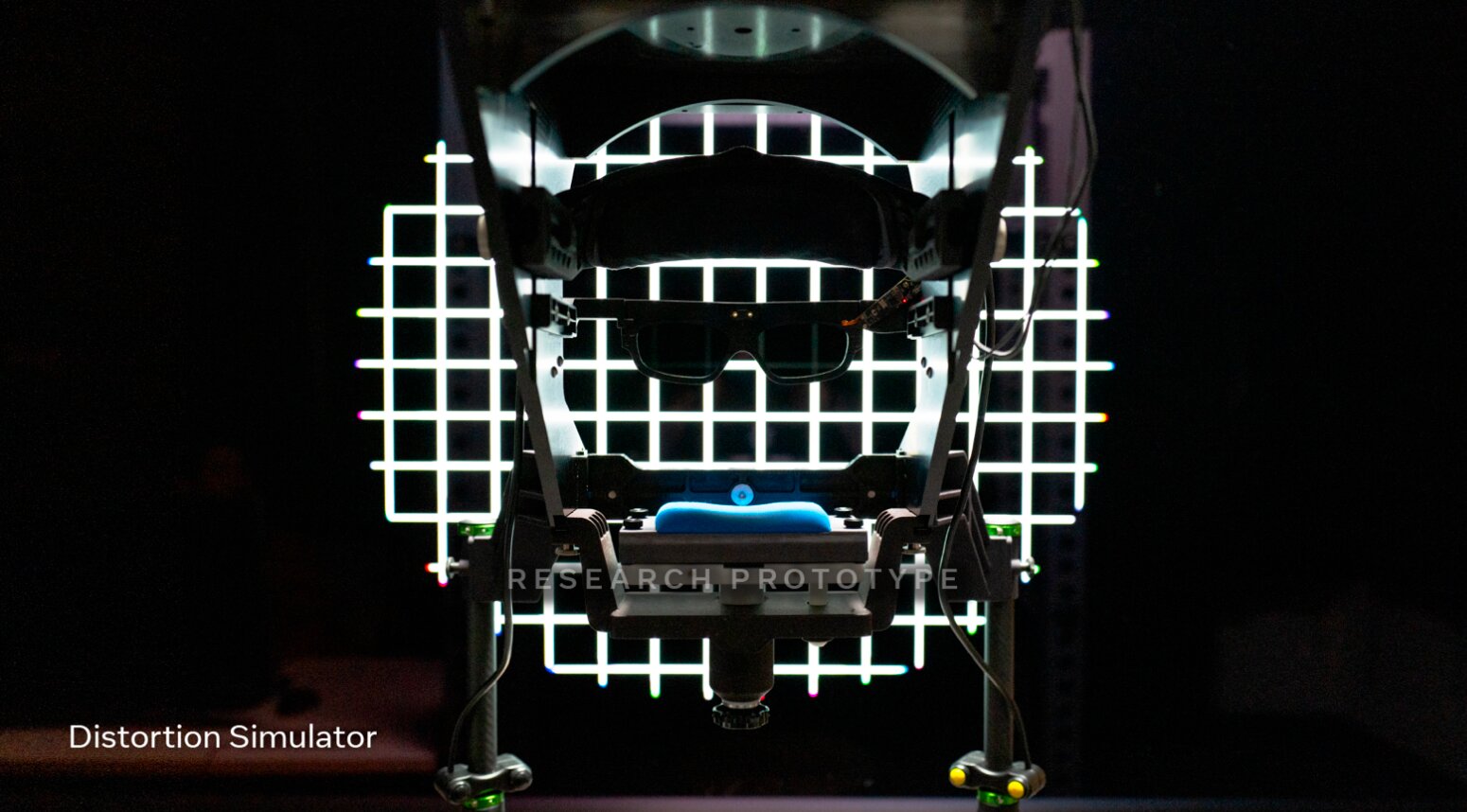 Distortions can be compensated for in real time in the laboratory (Image: Meta)
Distortions can be compensated for in real time in the laboratory (Image: Meta)< figure class="thumbs__figure thumbs__figure--has-caption"> 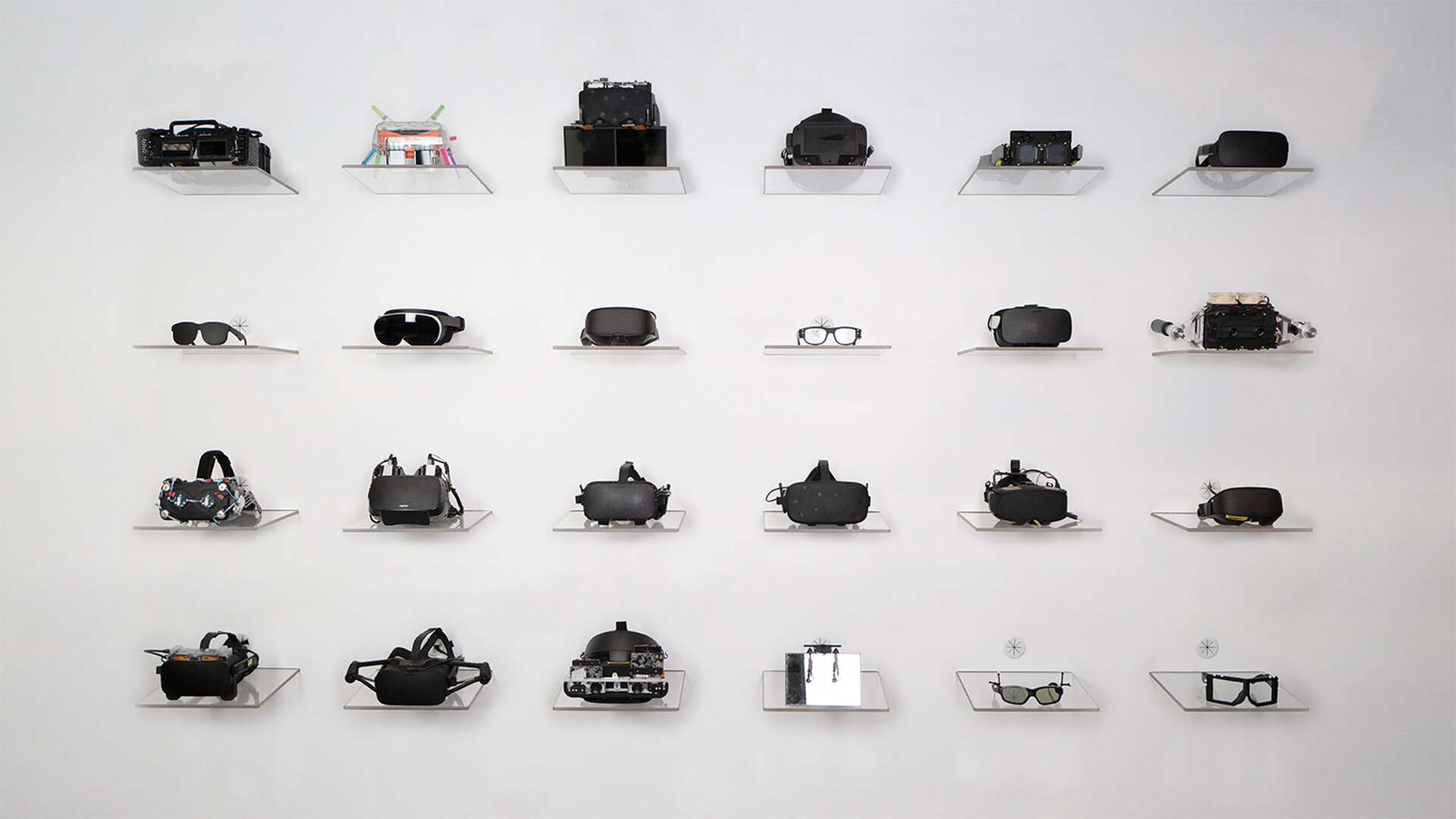 The “Wall of Headsets” (Image: Meta)
The “Wall of Headsets” (Image: Meta)
Many visions of the future, little concrete
At the end of the event, Meta presented a design concept for a VR headset called “Mirror Lake”, which combines all of the above-mentioned aspects in one form factor and is intended to significantly undercut current VR headsets in terms of size as well. Disappointingly, however, this is a concept only and Meta gave no indication as to when this concept might become a product. It is interesting, however, that according to the research team, no absolute physical obstacles would prevent implementation. There are only the current production restrictions between concept and practical implementation.
-
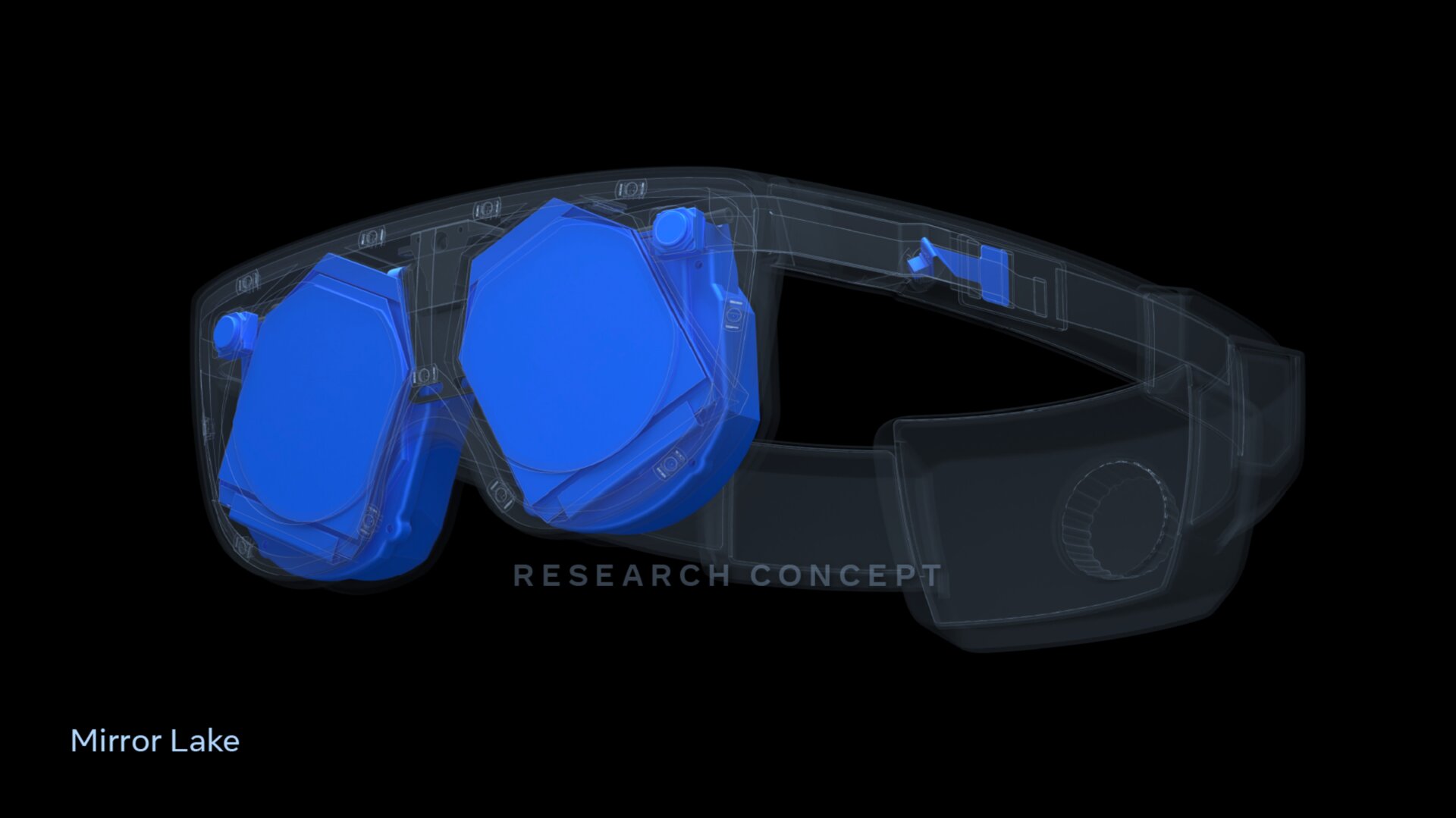 Mirror Lake VR blueprint (image: meta)
Mirror Lake VR blueprint (image: meta)
Image 1 of 3
Eyetracking in the “Quest Pro” this year
At the end of the question and answer session, there was a small preview of the near future, which will actually be available soon. Mark Zuckerberg mentions that eye tracking will make its way into a prosumer VR headset later this year. In the rumor mill, this headset has been awaited for some time with the name Meta Quest Pro.

